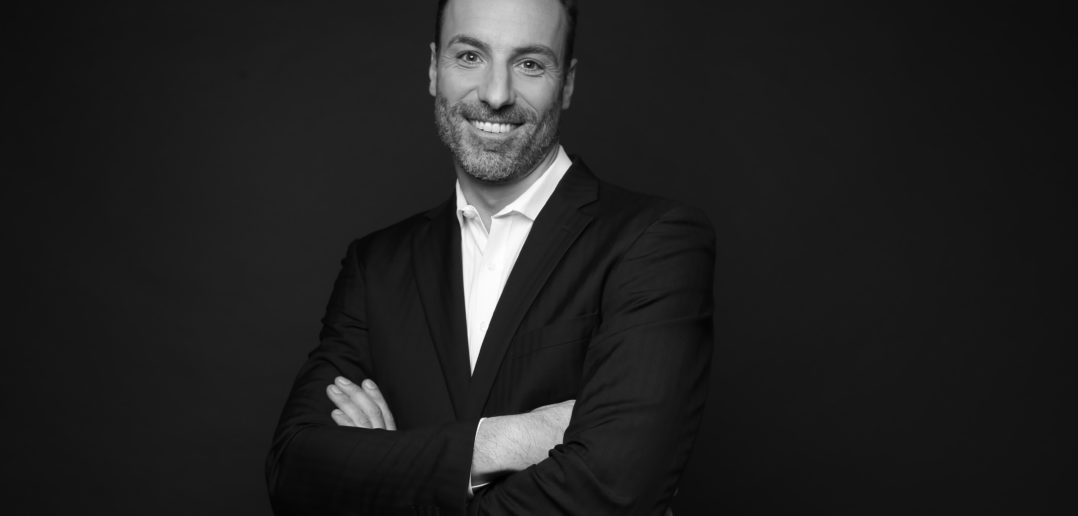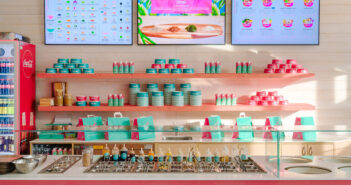MAPIC: After lockdown, how has the F&B industry business model changed on reopening and how has the offer evolved to meet safety and experience expectations?
MC: “I don’t think the model has changed by choice but was rather forced to change by simply following the same health and safety protocols we are following as individuals. There are no real new initiatives, some have simply taken centre stage and/or spread out quicker following the general awareness of the population on the need to change some of our consumer habits.
In the physical space this has been by changing the restaurant layout and making the best use of their outside space, thanks to the city. F&B operators have also achieved this by reaching out to their customers rather than welcoming them into their physical space – increasing delivery, click & collect and take-away options and connecting with their customer base via Apps, newsletters, Instagram and other social media feeds. Basically this is about keeping the habits they developed during lockdown.
They have also looked at healthier consumer habits, giving preference to local suppliers and putting forward heathier options on their menus, adopting eco-friendly policies by working on the recycling process, organic product sourcing, sustainable business approaches, etc.
These are not only customer requests, which have increased post confinement, but sensible practices having a direct impact on product quality and business profitability.
Finally, aside from the obvious masks, sanitising gel, etc, we are seeing a serious increase in the use of digital menus, App ordering, and contactless payment.”

Mixed use retail and leisure: What happens next? – White Paper
MAPIC: What food industry trends are you seeing from the F&B industry in terms of locations and expansion or right-sizing restaurant portfolios?
MC: “You have three different types of approach. First, brands who have stopped their expansion plans, withdrawn – or are trying – from signed agreements, and are in the process of disposing of some of their less profitable locations. Many of these brands were not in good shape before the COVID crisis, and were most likely heading for CVAs. Confinement and the long recovery road ahead have only exacerbated the issue.
Second, brands who are staying put. No new investment, no development strategy, but no portfolio downsizing either. They are focusing on their current operations and waiting for better days. They need reassurance on the future performance of their business and those of their affiliates. They are very conscious of the fact that government subsidies will run out, and quickly expose the real extent of the damage within their portfolio.
Third, brands who see this crisis as an opportunity to grow; taking on new locations. The crisis is also giving additional leverage to all operators ready to expand, when it comes to landlord negotiations. These brands are either at the early stage of their expansion, with the back-up of capital risk-takers, or they are sufficiently established and cash rich enough to wait for the rebound while keeping an opportunistic approach when it comes to real estate. Whatever category they fall into, this group of brands usually benefits from a very strong network of franchise partners, and a pool of new applicants ready to boost the brand’s licensing fee revenue.
For brands willing to expand, the focus is on the largest cities in France outside the top five – but if in the top 10 cities then in number one locations only – plus mixed scheme projects and city centre locations with a large terrace, stand-alone units on city outskirts, retail parks and outdoor outlets. These provide freedom when it comes to hours of operation, implementation of delivery services and Drive Thru, plus lack enclosed scheme-inducing anxiety or high service charges.”
MAPIC: What are main F&B industry initiatives you are seeing? Among food industry trends, are there growth categories, or F&B sectors in distress?
MC: “Personally I don’t see the revolution that everyone is expecting in the F&B industry following the pandemic. In my opinion the COVID crisis has only accelerated some changes which had become or will become inevitable in our future.
That being said, I don’t imagine our industry will move to a 100% ‘dematerialised experience’. I don’t believe click & collect and delivery will become the norm and the physical location the exception. Yes, we will have impressive growth in the dark kitchen sector; and soon a fleet of drones will deliver our food! Yes, we will continue to improve access and volume to all digital material our favourite restaurant has to offer. AI and robotics will play a major role in the F&B industry, reducing drudgery and making our consuming experience even more seamless.
In the meantime, we will continue to enjoy restaurants, bars, fast and slow food onsite, the way we always have. I believe this vision is also shared by most of the F&B industry, which is doing today what it was doing Pre-COVID; only with additional concern for customer health & safety.
We may move toward a digital world but the F&B industry is first and foremost about people and physical interaction. Just look at the collective of restaurants fighting to stay open in Marseille and the city behind them.”



![[NEW] MAPIC interview: In conversation with Tobias Karlsson, Global Real Estate Director, KIKO Milano](https://www.beyondretailindustry.com/wp-content/uploads/2024/05/MicrosoftTeams-image-44-5-351x185.jpg)
![[NEW] MAPIC interview: In conversation with Giovanni Porcu, CEO and founder of Doppio Malto](https://www.beyondretailindustry.com/wp-content/uploads/2024/03/DM-Magenta_1-351x185.jpeg)